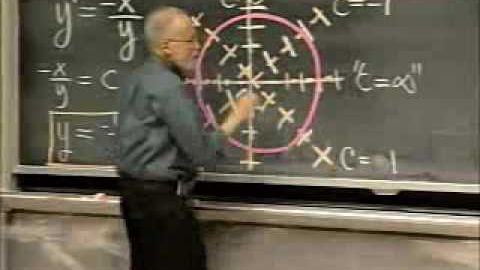Lec 1 | 麻省理工學院 18.03 微分方程,2006 年春季。 (Lec 1 | MIT 18.03 Differential Equations, Spring 2006)
 沒有此條件下的單字
沒有此條件下的單字US /ˈnɛɡətɪv/
・
UK /'neɡətɪv/
- n.負電極的;否定詞;否定句;底片
- adj.消極的;負的;負面的;否定的;陰性的;負電的
- n. (c./u.)要點;一小點;斑點;重點;特點;點(字符的大小);時刻;瞬間;地點;意義;得分;削尖;點 (小數點);針腳
- v.i.朝向
- v.t.指向
- v.t./i.表明
- n.(知識)領域;專業;田野;場地;球場;戰場;欄位;場
- v.t.巧妙地回答;接(球);派…上場;接球
- adj.野外的
- v.t.吸引注意;吸引人;拉;拖;汲取;引出
- n. (c./u.)引人之處;抽籤;平局
- v.i.靠近;接近;以平局收場
- v.t./i.畫圖

